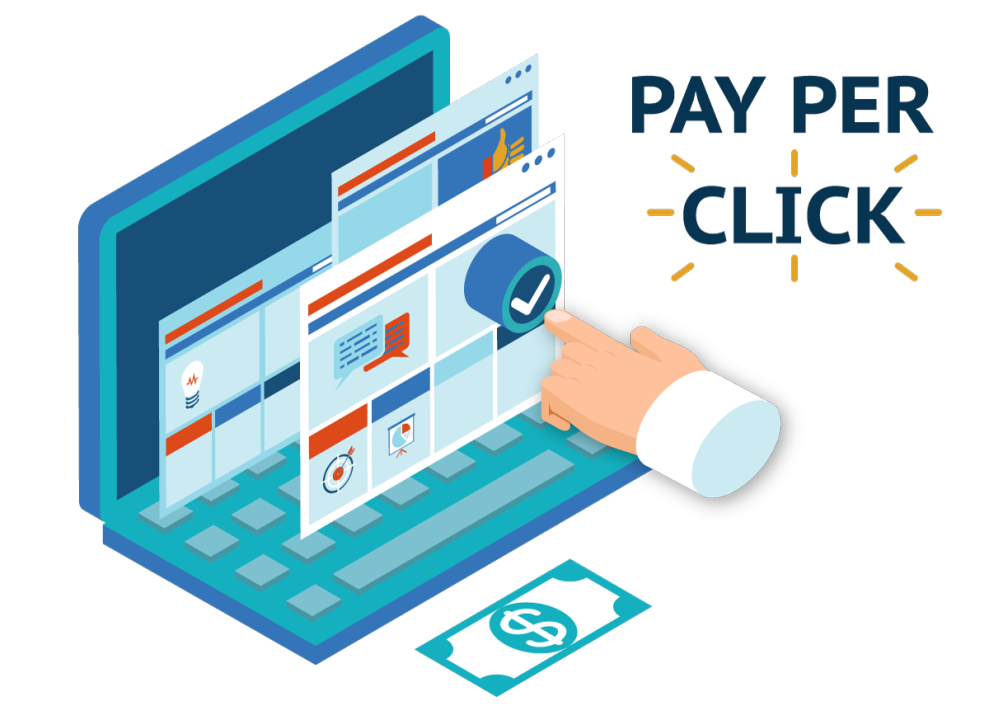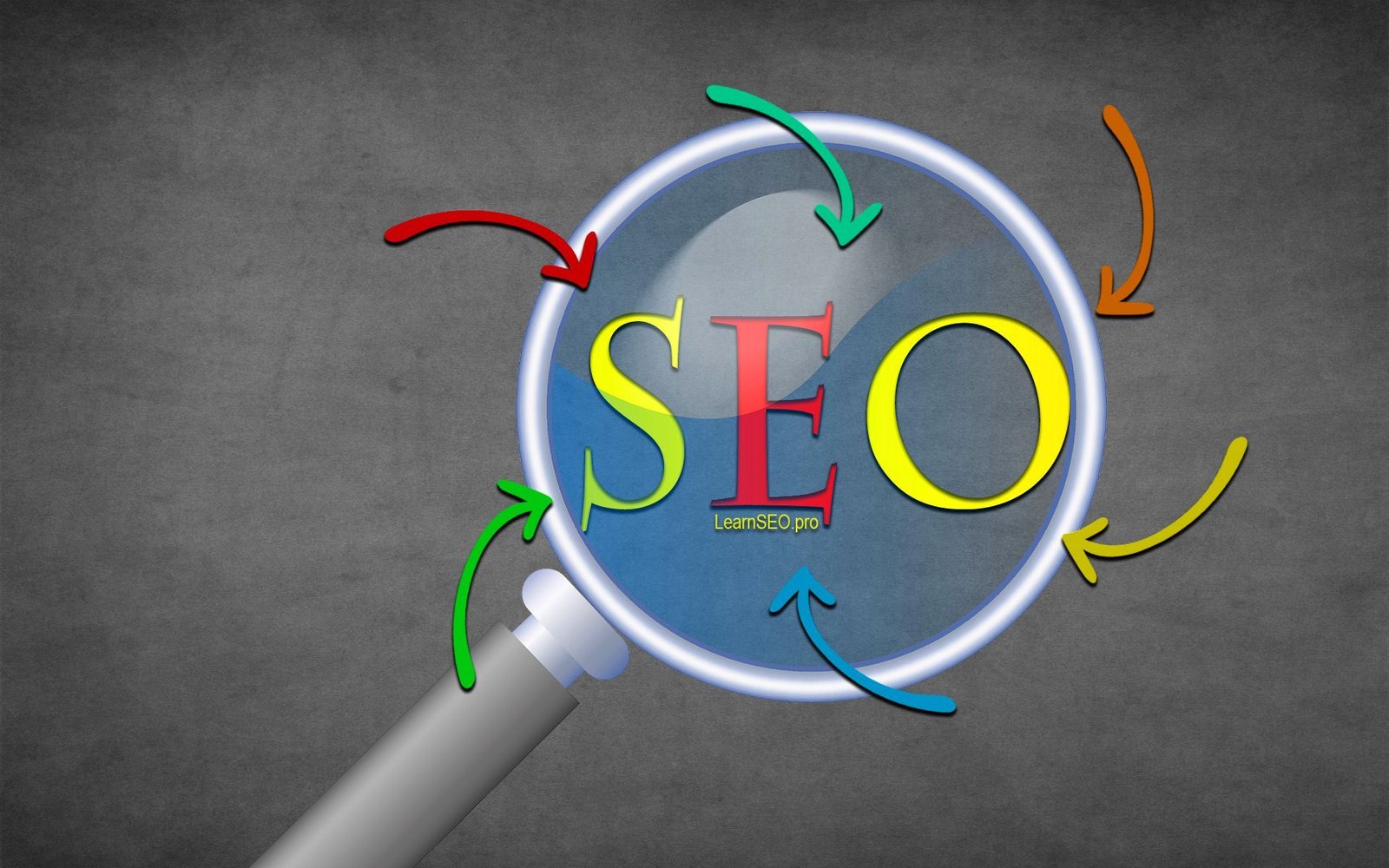Intro: Dive into the world of Pay-Per-Click (PPC) advertising, where every click counts. It’s a realm where you can showcase your brand at the top of search results, but success doesn’t come by chance. It’s a blend of strategy, understanding, and optimization. Whether you’re starting fresh or refining your approach, this guide will help you navigate the intricate maze of PPC for tangible results.
1. Start with Solid Research
- In the vast digital landscape, blindly tossing out ads is like shouting in a noisy bazaar. Without direction, your message is lost in the cacophony. Solid research is about knowing your battleground, understanding your competitors, and more importantly, realizing what your audience is searching for. Begin your PPC journey on the right foot, backed by research.
- What you need to do: Conduct comprehensive keyword research.
- How you can do it: Analyze market trends, competitors’ strategies, and audience preferences.
- Tools that will help: Google Ads Keyword Planner, SEMrush, Ahrefs.
2. Optimize Ad Copy
- Imagine seeing an ad that instantly resonates with your needs. That’s the power of impeccable ad copy. Your words are the bridge between a searcher’s intent and your solution. An optimized ad copy doesn’t just capture attention; it beckons a click, urging the user to find out more.
- What you need to do: Craft engaging ad texts.
- How you can do it: Address user intent, have strong CTAs, and maintain relevancy.
- Tools that will help: Google Ads Editor, Grammarly.
3. Landing Page Relevance
- An ad is a promise. Clicking it is an act of trust that the user places in your brand. Your landing page must fulfill this promise. A disconnect between the ad’s message and the landing page breaks trust, leading to potential customers bouncing away. Ensuring relevance is about nurturing this trust and guiding visitors toward conversion.
- What you need to do: Ensure your landing pages match the ad promise.
- How you can do it: Streamline design, content, and CTAs to mirror your ad’s message.
- Tools that will help: Unbounce, Instapage.
4. Geo-Targeting
- The world wide web is vast, but your service might cater to a niche geographical segment. Geo-targeting is like a magnifying glass, focusing your advertising efforts on a specific region, city, or even neighborhood. It’s about ensuring that your ads reach those who can genuinely benefit from your offerings, right where they are.
- What you need to do: Define your geographical target areas.
- How you can do it: Set specific regions in your ad settings based on your business scope.
- Tools that will help: Google Ads Location Targeting.
5. Ad Scheduling
- Intro: Timing, they say, is everything. This couldn’t be truer in the PPC world. A perfectly crafted ad shown at the wrong time might as well be invisible. Ad scheduling is the art of seizing the moment, ensuring your message reaches your audience precisely when they’re most receptive.
- What you need to do: Schedule your ads effectively.
- How you can do it: Analyze when your target audience is most active and set ads to appear accordingly.
- Tools that will help: Google Ads Custom Ad Scheduling.
6. Effective Bid Strategy
- Intro: Every click in a PPC campaign has a price, and how much you’re willing to pay for it can drastically influence your ad’s visibility. Your bid strategy is your game plan in this digital auction, balancing your advertising budget against the potential returns of each click.
- What you need to do: Determine the best bidding approach.
- How you can do it: Choose between manual bidding, CPC, or automated bidding based on your goals.
- Tools that will help: Google Ads Bid Simulator.
7. Responsive Ads
- Intro: Today’s digital users access content across a myriad of devices, screen sizes, and platforms. Your ads need to be chameleons, adapting and fitting seamlessly wherever they’re displayed. Responsive ads are not just about looking good; they’re about ensuring a consistent message and user experience regardless of where your audience is.
- What you need to do: Implement responsive search ads.
- How you can do it: Provide multiple headlines and descriptions for Google to auto-optimize.
- Tools that will help: Google’s Responsive Search Ads tool.
8. Retargeting & Remarketing
- Intro: The digital realm is brimming with distractions. Sometimes, potential customers might wander off before making a decision. Retargeting is your digital lighthouse, guiding them back to your shores, reminding them of what caught their eye, and encouraging them to take action.
- What you need to do: Re-engage visitors who interacted with your site but didn’t convert.
- How you can do it: Set up retargeting lists and craft specific ads for this audience.
- Tools that will help: Google Ads Remarketing.
9. Track & Analyze
- Intro: Launching an ad campaign without tracking is like sailing without a compass. Data-driven insights provide a clear picture of your campaign’s performance, revealing what’s working and what needs a tweak. In the PPC realm, understanding is power, and continuous analysis ensures you’re always in the driver’s seat.
- What you need to do: Continuously monitor campaign performance.
- How you can do it: Dive into analytics, monitor conversions, and adjust strategies accordingly.
- Tools that will help: Google Analytics, Google Ads Conversion Tracking.
10. Stay Updated
- Intro: In the rapidly evolving world of digital advertising, yesterday’s strategies can become today’s obsolescence. Staying updated isn’t just about being trendy; it’s about ensuring your campaigns leverage the latest technologies, algorithms, and user preferences to remain impactful and efficient.
- What you need to do: Keep abreast of the latest PPC trends.
- How you can do it: Join forums, webinars, and follow industry experts.
- Tools that will help: Search Engine Land, PPC Hero, WordStream.





